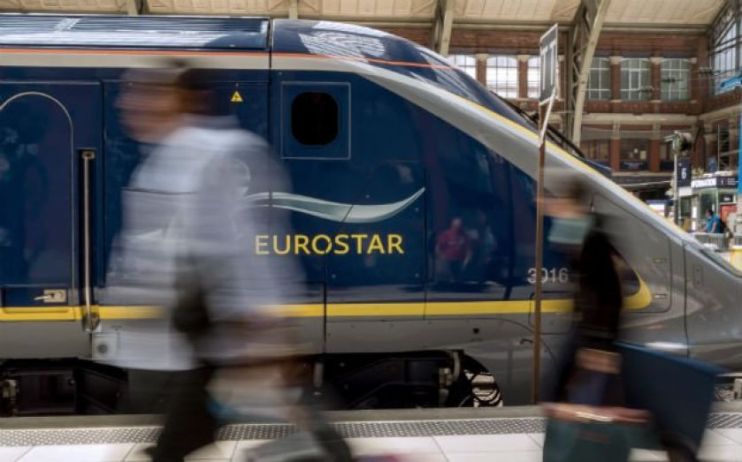From the modern Babylon to the city of canals: Eurostar goes to Amsterdam

From October this year, passengers will be able to take the Eurostar from St Pancras right into the heart of Amsterdam, the great Gothic Revival Station Centraal on Stationsplein.
It’s an eye-catching headline, and one which conjures up images of connectivity, of grand continental train journeys, comfort, ease and relaxation. It’s true that the London-Amsterdam route has been open since 2018, but previously the service stopped in Belgium for security checks. Now, UK Border Force officials will be on duty in Amsterdam and Rotterdam, and the journey can be completed without interruption in a little under four hours, for £40 each way.
Opening up this route is ideally timed. First, the Covid-19 pandemic is still badly affecting air travel. Public policy, border restrictions and widespread anxiety about infection have caused passenger demand to collapse, and airlines are struggling badly.
The availability of a direct train journey into the heart of Europe will provide some comfort for nervous travellers, and Eurostar are emphasising their rigorous cleaning procedures and risk minimisation. From Amsterdam, there are rail services to France, Germany, Italy, and Belgium. So the new service can act as a replacement for a lot of short-haul flights, and the demand is certainly there.
Read more: Eurostar to roll out facial verification technology from next year
It is also well timed as the United Kingdom disengages from the European Union. The UK government is desperate to prove that Brexit is not an isolationist policy, and that our links — commercial, industrial, economic, cultural — with the continent will be undiminished; “stronger than ever”, in the words of home secretary Priti Patel.
Ease of travel to the great business centres of Europe is part of the ecosystem which the government wants to build, emphasising that London is still the financial capital of the world and has its arms open to our cousins abroad.
That connectivity is vital. The swift one-two of Brexit and Covid-19 have placed the UK under considerable economic stress, and the country needs to remain firmly open for business. There was much celebration when Unilever chose London over Rotterdam as its global headquarters in June, which the business secretary Alok Sharma described as a “clear vote of confidence in the UK”; it’s absolutely essential that the country retains that reputation for openness and flexibility.
There is, of course, a danger here. If it is easy and convenient to get from London to Amsterdam, then the reverse must also be true, and it would be ironic indeed if the unveiling of the new service made London less of a destination and more of a gateway to Europe.
London, of course, has serious commercial and economic weight: its timezone, language and light-touch regulatory regime make it a hugely attractive financial centre, easily outgunning any other city (with the possible exception of New York).
But that must not be taken for granted. The advent of Brexit has not led to the flight of capital which many predicted, but serious governmental, regulatory and business thought needs to be given to pressing home the advantage. London should be the hub of Europe, attracting investors, managers, businesses and customers not only from across the continent but around the world.
Even as remote working booms in the wake of the pandemic, London must be the home of the brass plaques, and an attractive centre for physical location when needed. We are all in this together: the future of London is at stake. But the signs are promising.
Main image credit: Getty